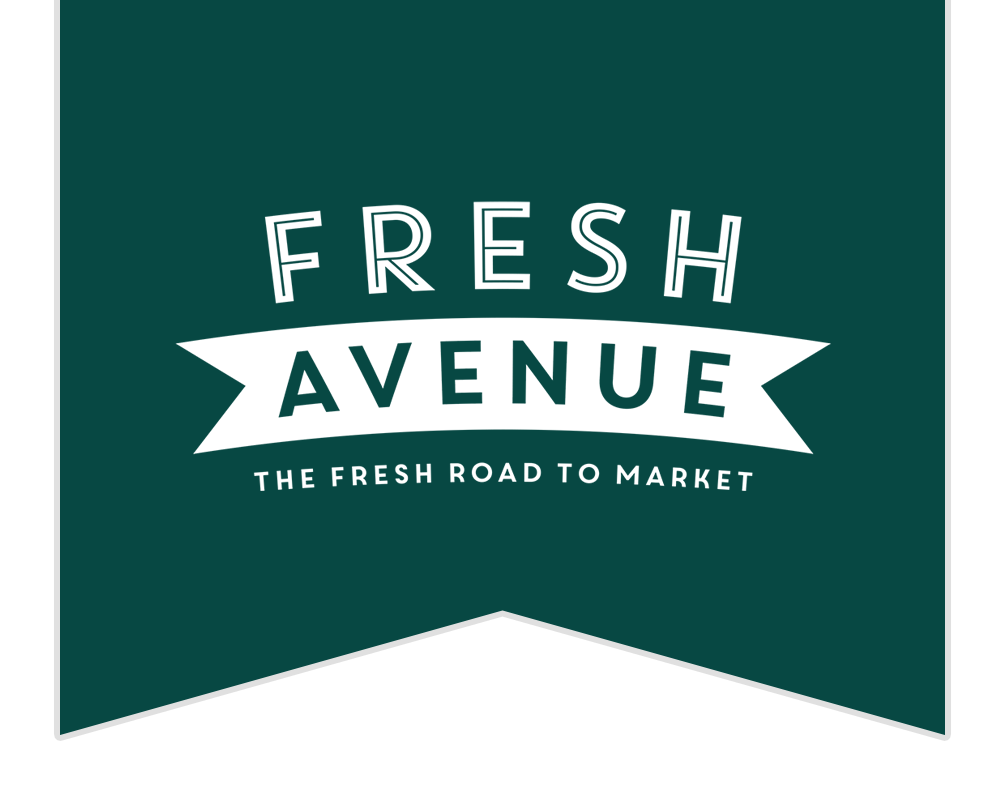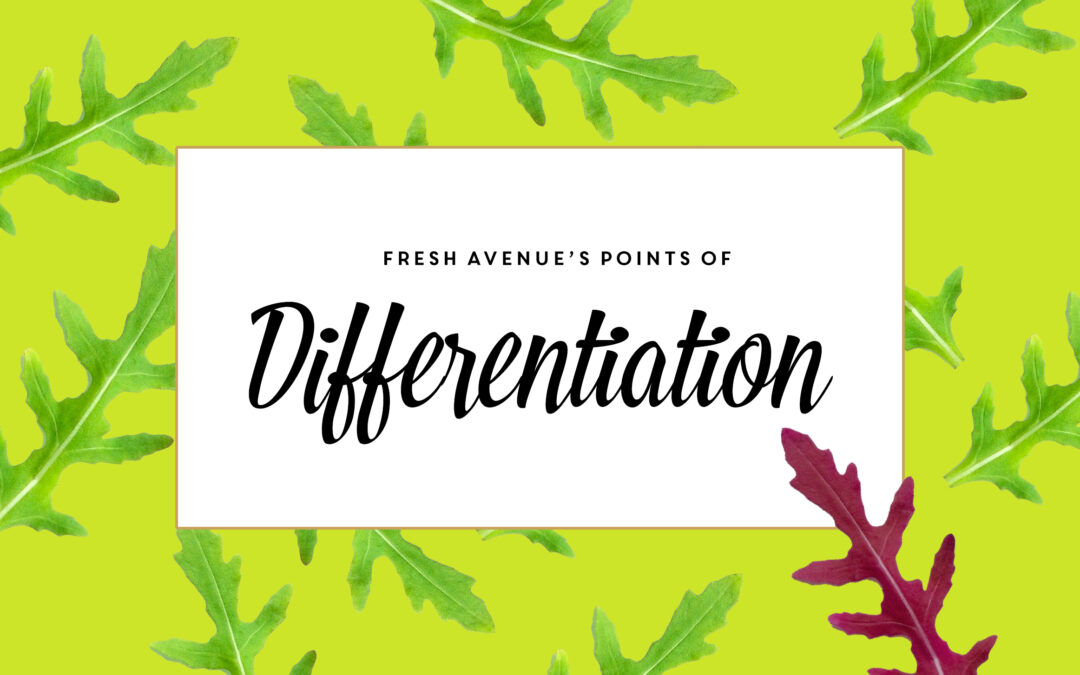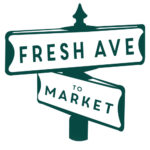What makes one grower different than the other? The marketing materials may tell a story on how one grower is better than the rest, but if you think about it, the same soil, air, sun, and water is used on crops. Then you have harvest crews cutting product in one field for one label and finish up the day filling orders for 3 others. Although there are points of variation with pre-harvest and harvest and that it is important to find the great growers, you still will see similar growing regions, weather impacts happening across the board with produce. The differentiation with the grower can impact as much as any other factor, but how the product is handled post-harvest can greatly impact its quality and shelf life.
Going back to the move segment of Fresh Avenue, this is where our consolidation and logistic teams make all the difference. With product going straight to a consolidation cooler, the frequent waits and stops are avoided. Great warehouse management ensures consistent cooling, loading, and getting on the road quickly. Move, which begins in post-harvest, is where you see differences in your produce providers, because many of the decisions and teams handling the moving of produce inevitably impact quality and shelf life of product.
So how does this differentiation bring us to the build portion of Fresh Avenue’s business model? Build is the result of understanding customer need, finding the right growers, and then coordinating the purchase of product with the moving of it. The differentiation begins at post-harvest with the managing of warehousing and logistics and then grows well into the oversight and support of the product. This is where our sales team comes in to create holistic programs for customers that not only reflect available product, but also the best method for shipping, the facilities, and routes available, and beginning the conversations to create an effective produce program.
The differentiation of our sales process has been stressed many times, but sales is not a one-and-done transaction, rather it is ongoing, relational, and in your corner, something we call in-market support. The idea is that sales is ongoing and requires a representative in a customer’s market, aware of regional nuances, continually assessing customer needs so that the initial program that is put together evolves into a program that is fine tuned to the point of efficiency, but also a program that flexes to market volatility and consumer demand.
Another differentiation in the build segment is the many areas of support that comes with building produce programs. This ranges from food safety, r&d, menu ideation, and marketing. Our team makes sure we have the experts in place to support a customer, because what makes us different is that our entire strategy centers around doing what it takes to make our customers successful.
Build is where we see all the components of the Fresh Avenue model meshing. It’s understanding the pieces available, placing them in the right configuration, and then making sure those pieces continue to fit and deliver value. This becomes the flywheel of find, move, build, the constant assessment of a customer’s program, fine tuning it, and then letting the momentum of each component propel the customer’s business forward.




